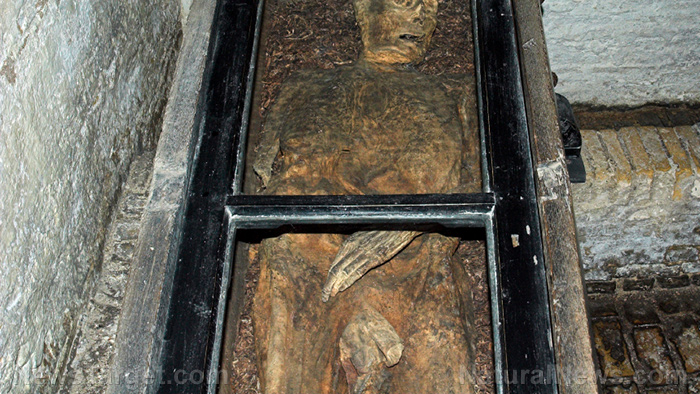
A recent study in the online journal PNAS has debunked a previously known fact about Neanderthals. The report revealed that the archaic human species did not have hunched backs; instead, they stood upright just like modern humans.
The posture of Neanderthals was similar to modern humans
For the past years, scientific data on the form and physiology of Neanderthals has constantly changed. Early studies suggested that these archaic human species either stood with a hunched or a very straight back.
However, when researchers re-analyzed their remains, they found that the anatomy of these species was very similar to modern humans. The spinal curvature of the specimen fell comfortably within the normal human range.
“There is nothing in Neanderthal pelvic or vertebral morphology that rejects their possession of spinal curvatures well within the ranges of variation of healthy recent humans,” the researchers explained.
The Neanderthal that the researchers analyzed was found in the ‘90s and was aptly named La Chapelle-aux-Saints Neanderthal, after the place where it was found. The partial skeleton was identified as a male who died in his 60s or 70s. Due to his advanced age, the researchers believed that the archaic human suffered from osteoarthritis and other forms of age-related diseases.
The researchers claimed that similar studies support their findings. They believed that the result of their analysis provides another piece of evidence that the anatomy of Neanderthals is similar to modern humans.
“It is therefore time to move beyond making Neanderthals less human, and focus on the subtle shifts in Late Pleistocene human biology and behavior,” they wrote in their report.
Fast facts on Neanderthals
Neanderthals are an extinct species closely related to modern humans. They lived in Europe and some parts of Asia until they disappeared 40,000 years ago. Research shows that these archaic human species might have mingled and reproduced with early humans.
The Neanderthals mostly looked like modern humans with a few key differences. They were generally much shorter than modern humans, but had stronger bones and muscles. Their brain size was larger than the average human, but that did not indicate that they were smarter; rather, this is an adaptation for living in a much colder climate. The Neanderthals had long faces with large, round eyes, thick brows, and large noses.
Similar to early humans, fossil evidence suggests that Neanderthals used tools made of stones and bones, which they used to hunt large animals like woolly rhinos and mammoths. Moreover, while not much is known about the culture and custom of Neanderthals, evidence shows that these archaic humans created symbolic objects, made artwork, lit fire, and buried their dead. (Related: Stunning archaeological discovery finds that humans were processing plants for food and medicine more than 10,000 years ago.)
Studies further show that early humans and Neanderthals interbred. As a result, most humans today have a small percentage of Neanderthal DNA. It is estimated that people from Asia and Europe have an average of two percent Neanderthal DNA, while native Africans may have little to none. Indigenous Africans do not share the same amount of DNA because Neanderthals and early humans did not meet until the latter decided to migrate out of Africa.
Little is known about how the Neanderthal species became extinct. Researchers suggest that as the weather grew colder during the Ice Age, the Neanderthals had to move south for warmer climates. However, in doing so, they had to leave their preferred foods behind. In effect, it made them vulnerable to starvation.
Other research suggests that the archaic human species gradually disappeared as it interbred with early humans.
Sources include:
Please contact us for more information.





















